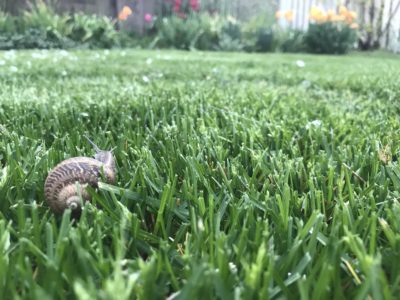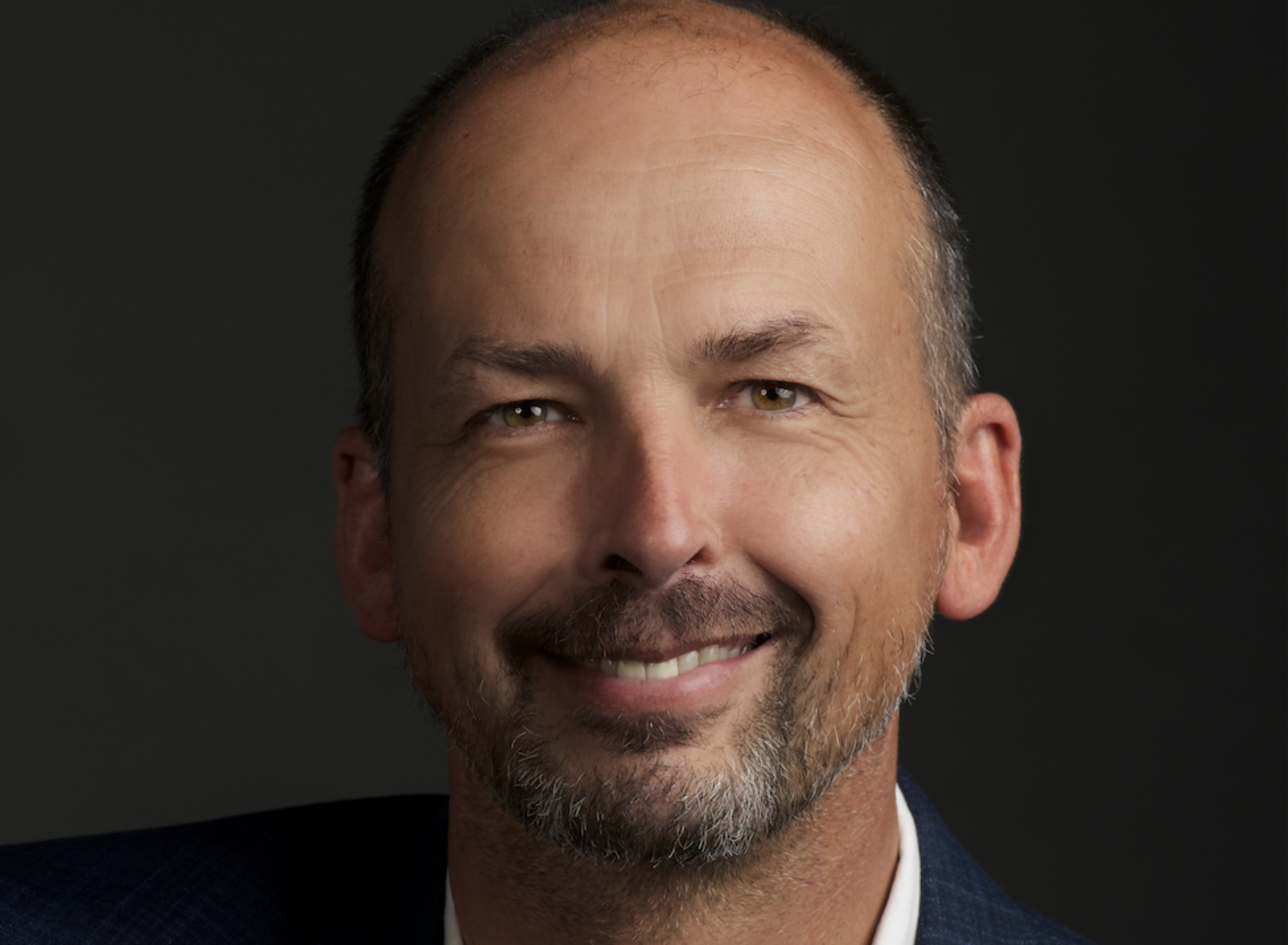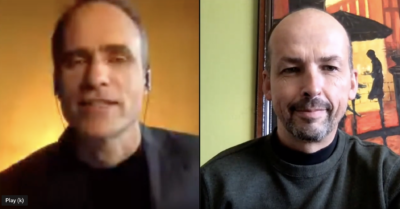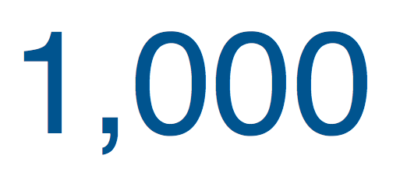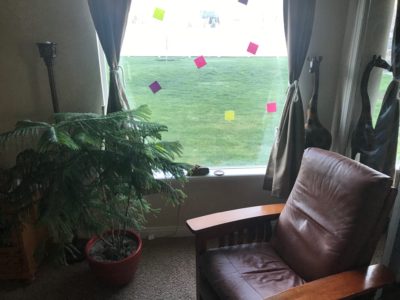
In my living room area is a 5 foot by 5 foot window looking out into a shared communal yard of the small town-home complex that I live at. Or live in. Next to this window, on the inside, is an old refurbished recliner chair. It’s faux leather with distressed mission style wood slats under the arms. It’s distressed, not intentionally for design. It’s just old with to-be expected nicks and chips and scratches and a few stains. I got it at the consignment store seven years ago.
Next to the chair and window is planted a Norfolk Pine that has five stems growing from its base and now stands four feet tall. I love this tree because it has survived. It was a Christmas purchase from The Home Depot in 2015. I’m told these trees aren’t meant to live beyond the season of purchase. I don’t like that thought — the farmed for short term consumption model. But despite my best efforts with three previous years, thinking this will be our annual tree, they all died. This one didn’t. I feel it as friend. Next to this faux leather recliner. Next to this 5×5 clear window.
It’s the time of year when I need to put a few things on the window that help the birds, mostly robins and sparrows, navigate their flight paths through the communal yard, over the fences, into the trees, onto the swing set, and in and out of several other places. It’s impressive to watch them. From my chair. I can hear their chirping and singing. Last year, there were too many that crashed into my window. Some were stunned. Some died. I buried them. It felt right to honor them. Their flight. Their song. On my window I put a few colored post-it notes. I’m a facilitator after all. Use what you’ve got. There are many ways. Always.
Yesterday a friend sent me link to a post about writing. It’s Patricia Raybon. Her post is called “Writing in Life’s Storms.” She begins:
My husband is probably sick, but I’m writing a book proposal. Not despite him being probably sick. But because he is probably sick. It doesn’t make total sense. But I keep on writing. I’m supposed to be at a writing conference in Michigan—supposed to be teaching there now.
Instead, we’re going to doctors. We’ve scheduled an MRI. It got unscheduled. We scheduled it a second time. It got unscheduled again. We scheduled it a third time–because my husband is probably sick. So while we wait for tests to tell us, either way, I sit down and write. Just like I’m writing now.
And that’s the point. Writers write not because the moment is perfect. We write because it isn’t. Learning that changes everything.
What I’m learning is that this writing, for me, and for many, is medicine. We write because we can’t not. We write to make sense of things. We write to claim joy. We wright to claim angst and sorrow. We write to journal in public. We write to learn. We write to give temporary words to experience that is beyond words. We write to contribute to a medium of awareness, whether it be for our inner worlds, or for someone else, for a one or for a many. We write for an outer aha that might make even a small difference in another’s navigation, whether through chirps, songs, fences, trees, or post-it pasted clear windows.
It’s good to be human, writing.
